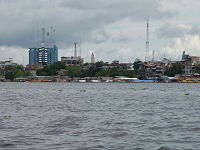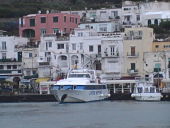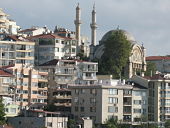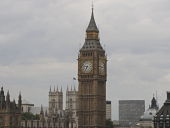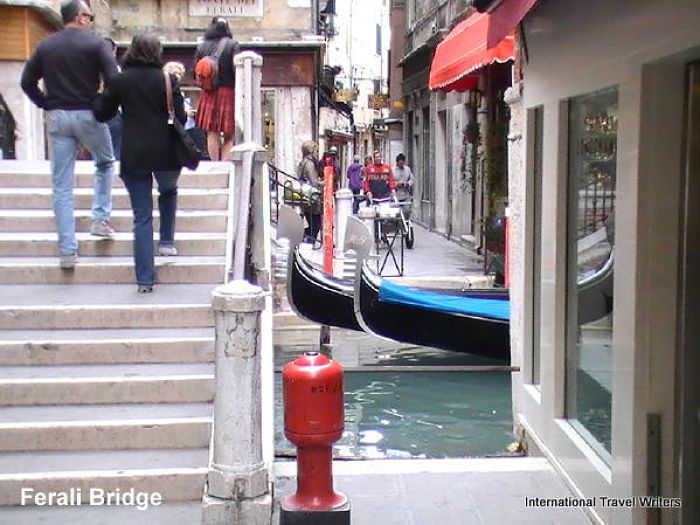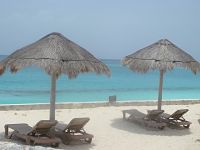Searching For Ayahuasca in the Amazon: Where to find it, What to know (by Vincent)

Ayahuasca...these days, you would be hard pressed to travel through the Amazon without hearing some mention of it. This hallucinogen plant mixture has a long history of etheogenic practices within many indigenous communities in the Amazon basin, used both for medical purposes and spiritual guidance.
Lured by the promise of an extraordinary psychedelic experience, tourists from all over are flocking to cities like Iquitos and Tarapoto in search of Ayahuasca, which is made by combining the caapi vine with DMIT-containing plants.
It induces profound hallucinations, known as visions, that can help those who take it to conquer their fears, gain powerful new insights, and achieve self-realization. It is even being used as an alternative treatment for various medical conditions, including depression and drug addiction.

However, this concoction is not to be taken lightly and it certainly isn't for the fainthearted. It isn't a recreational drug and it isn't meant for those looking for a good high. It is a sacred plant that provides a spiritual experience.
The experience itself is intense and demanding, both physically and emotionally, characterized by intense vomiting, fever, and shaking. In their visions, a person will likely have to confront their deepest fears and darkest terrors. But though the experience might be a challenge, the rewards are great.
Interestingly, outsiders have long ventured into the Amazon is search of a profound Ayahuasca experience, including numerous notable artists, writers, and musicians. Famous beat poet Allen Ginsberg traveled to Peru in 1960 in search of the mystical plant on the urging of his fellow writer William Burroughs, who had also experimented heavily with it.
Paul Simon's 1990 song "Spirit Journey" recounts his trip into the Amazon and experience with it. And a diverse array of contemporary musical artists have also reportedly tried the plant, including Tori Amos, Ben Lee, and Sting.

If you are seriously interested in trying it, the first step is to find a knowledgeable and reputable shaman. Unfortunately, a surge in mystical-experience tourism has led to a number of fake shamans who are eager to profit off of ignorant tourists. The truth is, it takes a tremendous amount of training to become a shaman and those well versed in the art of the drug are often difficult to find.
You will also need to prepare yourself physically for the experience. This preparation entails a fast the week before the ceremony, during which you will need to avoid sugar, salt, spices, and red meat and abstain from any sexual activity. Your shaman will likely give you more specific guidance and may even instruct you to do a purge the day preceding the ceremony, which is often induced by tobacco leaves.
Keep in mind that there is no singular way to do this ritual. Rather, the specific recipe and ceremony varies from region to region, depending heavily on specific shamanistic traditions within individual communities.
If you are looking for a safe place to try it, Takwasi center is highly recommended. Located in the Peruvian selva alta, just outside of Tarapoto, the center is run by French physician Jaques Mabiti and combines traditional medicine, including Ayahuasca, with modern psychotherapy. The center runs nine-month rehabilitation programs for those with severe problems, though shorter options are also available.
Having trouble finding what you need? International Travel Writers Index and Map
OR
Do you have a travel experience or story to share? Share your travels here!
Related Articles......from Worldwide Destinations Series
Return from Ayahuasca to International Travel Homepage
By Carolynne Woods, © Copyright 2010-2020. International Travel Writers.com All rights reserved images and text


